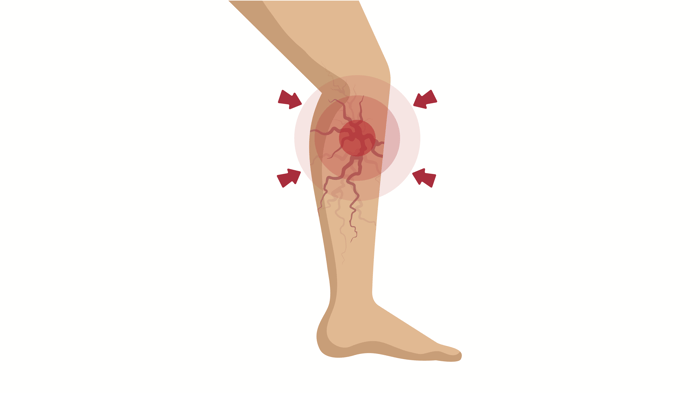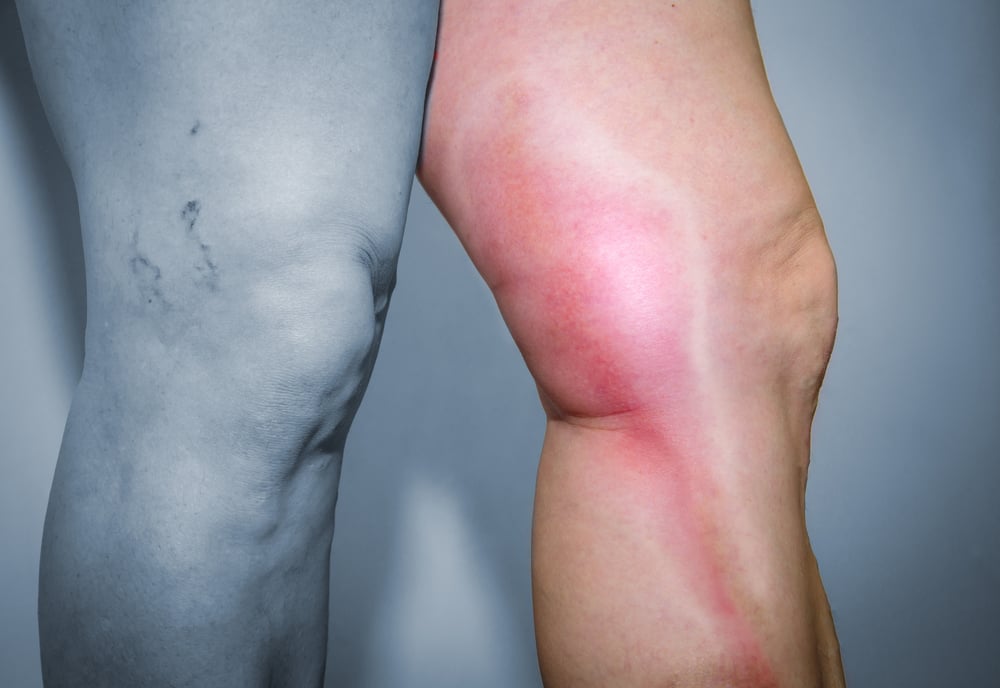What Is Phlebitis & When Should You Worry? | Vein Treatments
 Phlebitis is inflammation in a vein due to a blood clot that results in a tender, sore, and swollen area in the body, often the legs, that usually develop red streaks. The visible symptoms of phlebitis are alarming and look angry, and for that reason, people worry that phlebitis is a dangerous and life-threatening condition. I see phlebitis regularly in my clinic and want to put people's minds at ease around what it is and when you should be concerned.
Phlebitis is inflammation in a vein due to a blood clot that results in a tender, sore, and swollen area in the body, often the legs, that usually develop red streaks. The visible symptoms of phlebitis are alarming and look angry, and for that reason, people worry that phlebitis is a dangerous and life-threatening condition. I see phlebitis regularly in my clinic and want to put people's minds at ease around what it is and when you should be concerned.
For the vast majority of the population and the people I see in my clinic, phlebitis isn't a serious condition and is not life-threatening. It occurs most commonly in the leg veins but can occur elsewhere in the body. We take it seriously because, for the people who have it, it is usually associated with some scary symptoms. The location of phlebitis on the body is tender to the touch, sore, and achy. It is distressing to look at because of the swelling and red streaks that the inflammation causes. Those physical symptoms tend to worry people that something dangerous might be happening and many people may be worried they have a blood clot that may cause cardiac arrest or even death.
How is Phlebitis Typically Treated?
Phlebitis is the result of a vein that has closed off trapping a blood clot inside that has no place to go. This blood clot triggers an inflammation reaction in the body, and all the signs you see - the redness, tenderness, and swelling - are related to that inflammation. For most people, phlebitis is treated simply with over-the-counter medication like ibuprofen or Aleve, ice, and leg elevation. It can take anywhere from several days to several weeks to resolve. Your body will usually take care of it and you have nothing to worry about. Sometimes there is a permanent brown skin stain after it resolves.
When Should I Be Concerned?
The time to call your healthcare provider and ask for an evaluation is when it's not getting better. If over-the-counter medication isn't working, you can ask your provider if it's appropriate to have steroid medicine to help relieve the inflammation. Some providers will want to make sure they aren't missing an early infection and will prescribe antibiotics. This is reasonable to do. If the location of the phlebitis is in the leg, we do also recommend an ultrasound if they feel it's appropriate. The reason for an ultrasound is to make sure there aren't any other blood clots and to put your mind at ease.
Phlebitis can sometimes occur if a pocket of blood is trapped after vein treatment and is very common. It resolves with over-the-counter medications and monitoring.


